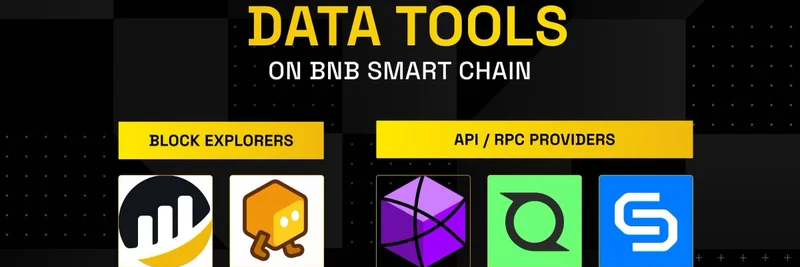Hey there, crypto enthusiasts! If you're knee-deep in the world of blockchain and always on the lookout for projects that stand out from the crowd, you've probably heard whispers about Kaspa. Recently, BSCNews dropped a tweet highlighting their complete token analysis on $KAS, the native coin of Kaspa. They teased that there's a lot to like about it, and boy, they weren't kidding—emphasizing that it's far from your typical VC-fueled pump-and-dump. Let's break it down in simple terms, drawing from their insights, so you can decide if $KAS deserves a spot in your portfolio.
What is Kaspa and Its $KAS Token?
Kaspa isn't just another blockchain; it's a game-changer that launched back in November 2021. At its core, Kaspa uses something called BlockDAG architecture—think of it as a Directed Acyclic Graph for blocks, which is a fancy way of saying it allows multiple blocks to be processed in parallel. Unlike traditional blockchains like Bitcoin, where blocks come one after another, Kaspa's setup makes it super fast without skimping on decentralization. Decentralization, by the way, means the network isn't controlled by a few big players, keeping things fair and secure.
The $KAS token is the fuel for this network. It's mineable, meaning anyone with the right hardware can participate in securing the network and earn rewards. As of March 2025, there are about 25.88 billion $KAS in circulation, with a market cap hovering around $1.9 billion. That puts it solidly in the top 50 cryptocurrencies on sites like CoinMarketCap.
What sets Kaspa apart? No pre-mines, no ICOs (Initial Coin Offerings), and zero allocations for developers or founders. Every single $KAS enters the world through mining, which not only distributes tokens fairly but also bolsters network security.
The Tech Behind Kaspa: BlockDAG Explained
Diving deeper into the tech, Kaspa's BlockDAG lets it generate blocks at a blazing speed—one per second, to be exact. This parallel processing reduces the ups and downs in mining rewards, making it more appealing for small-scale miners. It's like having multiple lanes on a highway instead of a single file, easing traffic and promoting a more spread-out mining community.
The mining algorithm, kHeavyHash, is designed to be energy-efficient while keeping the network robust. Over time, mining has shifted from basic CPUs to GPUs, FPGAs, and now ASICs (specialized hardware). A big shoutout to IceRiver for dropping the first Kaspa-specific ASIC in April 2023, which cranked up efficiency and security. Right now, the network's hashrate—a measure of its computational power—is a whopping 1,200,163.4 TH/s.
Tokenomics: Fair and Predictable Supply
Tokenomics is basically how a token's supply and distribution work, and Kaspa nails it with transparency. The max supply is capped at 28.7 billion $KAS, creating a deflationary vibe as more people use it. No shady pre-allocations here—everything is community-driven without central control.
The emission schedule started at 500 $KAS per second and decreases monthly by a factor of (1/2)^(1/12), which effectively halves the rewards every year. By March 2025, it's down to about 61.74 $KAS per second, and it'll keep dropping—hitting tiny numbers by 2037. Over 90% of the supply is already out there, which means less inflation pressure and potentially more value as demand grows.
This gradual reduction is smoother than Bitcoin's dramatic halvings, which can cause wild price swings. As rewards shrink, miners will lean more on transaction fees, a common evolution in proof-of-work networks.
Pros, Cons, and Market Vibes
On the plus side, Kaspa's fair launch minimizes manipulation risks, and its tech supports true decentralization. The predictable supply could lead to steady value growth, especially with that top-50 ranking. It's energy-efficient too, which is a win in today's eco-conscious world.
But nothing's perfect. The large total supply might make it feel less scarce than Bitcoin's 21 million cap. Plus, as rewards dwindle, the network will need strong transaction volume to keep miners motivated—otherwise, security could take a hit.
Market-wise, $KAS's value hinges on scarcity and real demand. With most tokens already circulating, any uptick in adoption could spark appreciation. BSCNews points out that this setup fosters genuine price discovery, free from VC hype.
Wrapping It Up: Is $KAS Worth Your Attention?
From BSCNews' analysis, it's clear Kaspa is building something solid—a fast, fair, and decentralized blockchain that's evolving with community input. If you're tired of meme coins that fizzle out after the pump, $KAS offers a refreshing alternative with real tech backing it. Keep an eye on mining trends and adoption rates; they could be the key to its long-term success.
Whether you're a miner, investor, or just curious about blockchain innovations, Kaspa's story is one to follow. What do you think—ready to dive into $KAS? Share your thoughts in the comments below!


